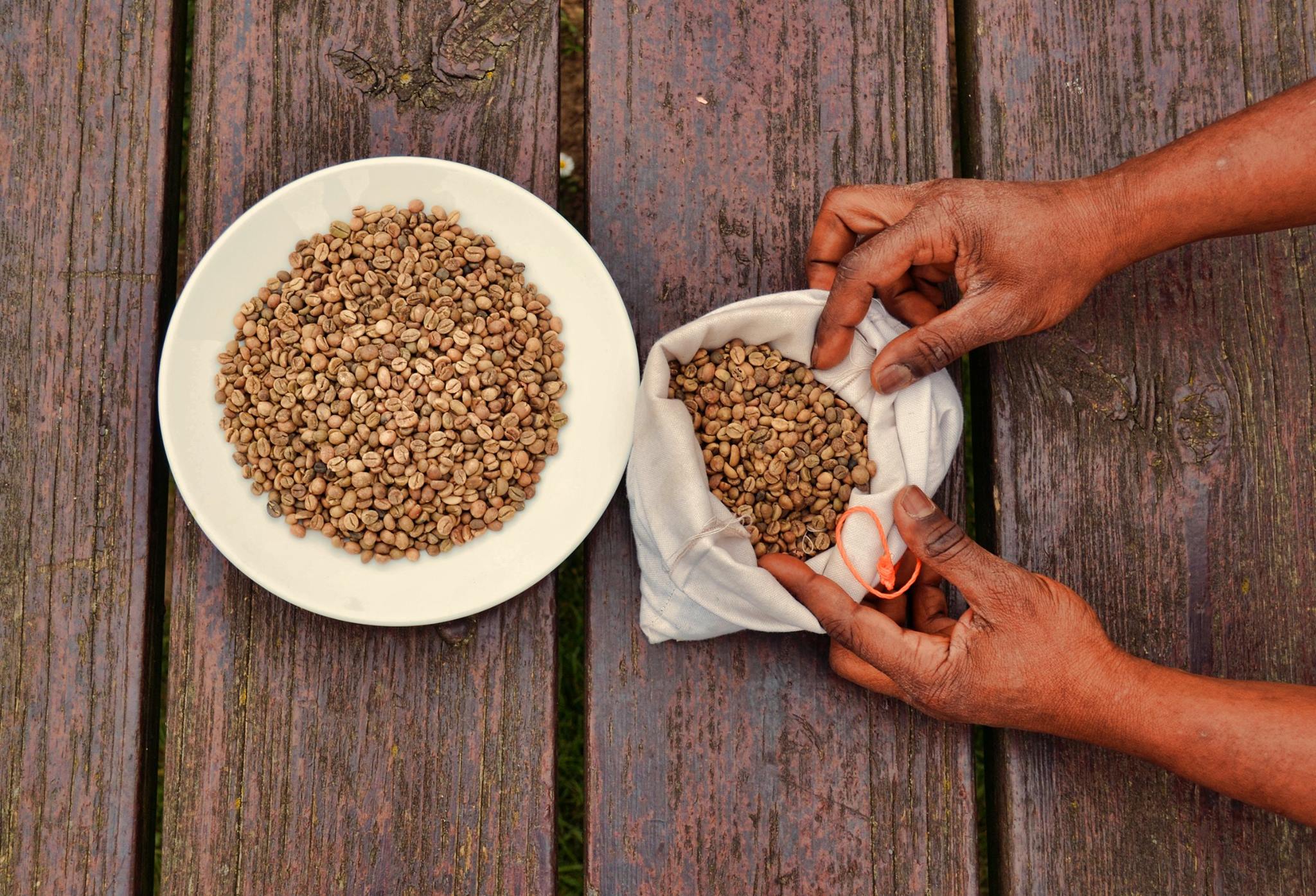|
Microlife
A microlife is a unit of risk representing half an hour change of life expectancy. Discussed by David Spiegelhalter and Alejandro Leiva, and also used by Lin et al. for decision analysis, microlives are intended as a simple way of communicating the impact of a lifestyle or environmental risk factor, based on the associated daily proportional effect on expected length of life. Similar to the micromort (one in a million probability of death) the microlife is intended for "rough but fair comparisons between the sizes of chronic risks". This is to avoid the biasing effects of describing risks in relative hazard ratios, converting them into somewhat tangible units. Similarly they bring long-term future risks into the here-and-now as a gain or loss of time. :"A daily loss or gain of 30 minutes can be termed a microlife, because 1 000 000 half hours (57 years) roughly corresponds to a lifetime of adult exposure." The microlife exploits the fact that for small hazard ratios the chan ... [...More Info...] [...Related Items...] OR: [Wikipedia] [Google] [Baidu] |
Micromort
A micromort (from micro- and mortality) is a unit of risk defined as a one-in-a-million chance of death. Micromorts can be used to measure the riskiness of various day-to-day activities. A microprobability is a one-in-a million chance of some event; thus, a micromort is the microprobability of death. The micromort concept was introduced by Ronald A. Howard who pioneered the modern practice of decision analysis. Micromorts for future activities can only be rough assessments, as specific circumstances will always have an impact. However, past historical rates of events can be used to provide a ball park, average figure. Sample values Baseline Leisure and sport Travel Activities that increase the death risk by roughly one micromort, and their associated cause of death: * Travelling 6 miles (9.7 km) by motorcycle (collision) * Travelling 17 miles (27 km) by walking (collision) * Travelling 10 miles (16 km) or 20 miles (32 km) by bicycle (collision) * Tr ... [...More Info...] [...Related Items...] OR: [Wikipedia] [Google] [Baidu] |
Risk
In simple terms, risk is the possibility of something bad happening. Risk involves uncertainty about the effects/implications of an activity with respect to something that humans value (such as health, well-being, wealth, property or the environment), often focusing on negative, undesirable consequences. Many different definitions have been proposed. The international standard definition of risk for common understanding in different applications is “effect of uncertainty on objectives”. The understanding of risk, the methods of assessment and management, the descriptions of risk and even the definitions of risk differ in different practice areas ( business, economics, environment, finance, information technology, health, insurance, safety, security etc). This article provides links to more detailed articles on these areas. The international standard for risk management, ISO 31000, provides principles and generic guidelines on managing risks faced by organizations. Definit ... [...More Info...] [...Related Items...] OR: [Wikipedia] [Google] [Baidu] |
Exercise
Exercise is a body activity that enhances or maintains physical fitness and overall health and wellness. It is performed for various reasons, to aid growth and improve strength, develop muscles and the cardiovascular system, hone athletic skills, weight loss or maintenance, improve health, or simply for enjoyment. Many individuals choose to exercise outdoors where they can congregate in groups, socialize, and improve well-being as well as mental health. In terms of health benefits, the amount of recommended exercise depends upon the goal, the type of exercise, and the age of the person. Even doing a small amount of exercise is healthier than doing none. Classification Physical exercises are generally grouped into three types, depending on the overall effect they have on the human body: * Aerobic exercise is any physical activity that uses large muscle groups and causes the body to use more oxygen than it would while resting. The goal of aerobic exercise is to increa ... [...More Info...] [...Related Items...] OR: [Wikipedia] [Google] [Baidu] |
London
London is the capital and List of urban areas in the United Kingdom, largest city of England and the United Kingdom, with a population of just under 9 million. It stands on the River Thames in south-east England at the head of a estuary down to the North Sea, and has been a major settlement for two millennia. The City of London, its ancient core and financial centre, was founded by the Roman Empire, Romans as ''Londinium'' and retains its medieval boundaries.See also: Independent city#National capitals, Independent city § National capitals The City of Westminster, to the west of the City of London, has for centuries hosted the national Government of the United Kingdom, government and Parliament of the United Kingdom, parliament. Since the 19th century, the name "London" has also referred to the metropolis around this core, historically split between the Counties of England, counties of Middlesex, Essex, Surrey, Kent, and Hertfordshire, which largely comprises Greater London ... [...More Info...] [...Related Items...] OR: [Wikipedia] [Google] [Baidu] |
Mexico City
Mexico City ( es, link=no, Ciudad de México, ; abbr.: CDMX; Nahuatl: ''Altepetl Mexico'') is the capital and largest city of Mexico, and the most populous city in North America. One of the world's alpha cities, it is located in the Valley of Mexico within the high Mexican central plateau, at an altitude of . The city has 16 boroughs or ''demarcaciones territoriales'', which are in turn divided into neighborhoods or ''colonias''. The 2020 population for the city proper was 9,209,944, with a land area of . According to the most recent definition agreed upon by the federal and state governments, the population of Greater Mexico City is 21,804,515, which makes it the sixth-largest metropolitan area in the world, the second-largest urban agglomeration in the Western Hemisphere (behind São Paulo, Brazil), and the largest Spanish-speaking city (city proper) in the world. Greater Mexico City has a GDP of $411 billion in 2011, which makes it one of the most productive urb ... [...More Info...] [...Related Items...] OR: [Wikipedia] [Google] [Baidu] |
Air Pollution
Air pollution is the contamination of air due to the presence of substances in the atmosphere that are harmful to the health of humans and other living beings, or cause damage to the climate or to materials. There are many different types of air pollutants, such as gases (including ammonia, carbon monoxide, sulfur dioxide, nitrous oxides, methane, carbon dioxide and chlorofluorocarbons), particulates (both organic and inorganic), and biological molecules. Air pollution can cause diseases, allergies, and even death to humans; it can also cause harm to other living organisms such as animals and food crops, and may damage the natural environment (for example, climate change, ozone depletion or habitat degradation) or built environment (for example, acid rain). Air pollution can be caused by both human activities and natural phenomena. Air pollution is a significant risk factor for a number of pollution-related diseases, including respiratory infections, heart dis ... [...More Info...] [...Related Items...] OR: [Wikipedia] [Google] [Baidu] |
Statin
Statins, also known as HMG-CoA reductase inhibitors, are a class of lipid-lowering medications that reduce illness and mortality in those who are at high risk of cardiovascular disease. They are the most common cholesterol-lowering drugs. Low-density lipoprotein (LDL) carriers of cholesterol play a key role in the development of atherosclerosis and coronary heart disease via the mechanisms described by the lipid hypothesis. Statins are effective in lowering LDL cholesterol and so are widely used for primary prevention in people at high risk of cardiovascular disease, as well as in secondary prevention for those who have developed cardiovascular disease. Side effects of statins include muscle pain, increased risk of diabetes mellitus, and abnormal blood levels of liver enzymes. Additionally, they have rare but severe adverse effects, particularly muscle damage. They inhibit the enzyme HMG-CoA reductase which plays a central role in the production of cholesterol. High ... [...More Info...] [...Related Items...] OR: [Wikipedia] [Google] [Baidu] |
Red Meat
In gastronomy, red meat is commonly red when raw and a dark color after it is cooked, in contrast to white meat, which is pale in color before and after cooking. In culinary terms, only flesh from mammals or fowl (not fish) is classified as red or white. Larousse Gastronomique, first edition In nutritional science, ''red meat'' is defined as any meat that has more of the protein myoglobin than white meat. White meat is defined as non-dark meat from fish or chicken (excluding the leg or thigh). Definition Under the culinary definition, the meat from adult or " gamey" mammals (for example, beef, horse meat, mutton, venison, boar, hare) is red meat, while that from young mammals (rabbit, veal, lamb) is white. Poultry is white. Most cuts of pork are red, others are white. Game is sometimes put in a separate category altogether. (French: ''viandes noires'' — "dark meats".) Some meats (lamb, pork) are classified differently by different writers. According to the United ... [...More Info...] [...Related Items...] OR: [Wikipedia] [Google] [Baidu] |
Coffee
Coffee is a drink prepared from roasted coffee beans. Darkly colored, bitter, and slightly acidic, coffee has a stimulating effect on humans, primarily due to its caffeine content. It is the most popular hot drink in the world. Seeds of the '' Coffea'' plant's fruits are separated to produce unroasted green coffee beans. The beans are roasted and then ground into fine particles that are typically steeped in hot water before being filtered out, producing a cup of coffee. It is usually served hot, although chilled or iced coffee is common. Coffee can be prepared and presented in a variety of ways (e.g., espresso, French press, caffè latte, or already-brewed canned coffee). Sugar, sugar substitutes, milk, and cream are often used to mask the bitter taste or enhance the flavor. Though coffee is now a global commodity, it has a long history tied closely to food traditions around the Red Sea. The earliest credible evidence of coffee drinking in the form of the modern ... [...More Info...] [...Related Items...] OR: [Wikipedia] [Google] [Baidu] |
Life Expectancy
Life expectancy is a statistical measure of the average time an organism is expected to live, based on the year of its birth, current age, and other demographic factors like sex. The most commonly used measure is life expectancy at birth (LEB), which can be defined in two ways. ''Cohort'' LEB is the mean length of life of a birth cohort (all individuals born in a given year) and can be computed only for cohorts born so long ago that all their members have died. ''Period'' LEB is the mean length of life of a hypothetical cohort assumed to be exposed, from birth through death, to the mortality rates observed at a given year. National LEB figures reported by national agencies and international organizations for human populations are estimates of ''period'' LEB. In the Bronze Age and the Iron Age, human LEB was 26 years; in 2010, world LEB was 67.2 years. In recent years, LEB in Eswatini (formerly Swaziland) is 49, while LEB in Japan is 83. The combination of high infant ... [...More Info...] [...Related Items...] OR: [Wikipedia] [Google] [Baidu] |







